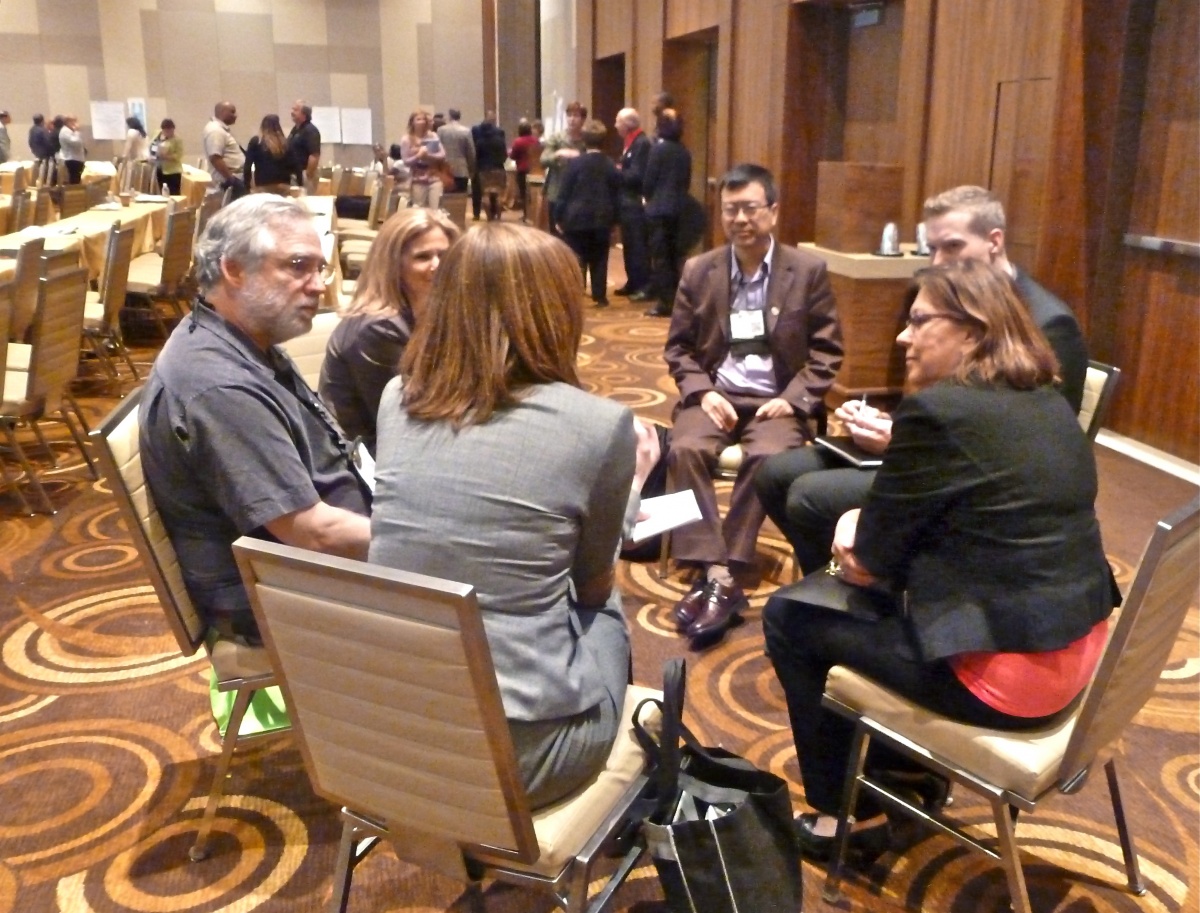 A skilled facilitator is an invaluable asset to a community working through each phase of the CBDM process. Facilitators play key roles in involving community members, creating learning opportunities for the community, and developing processes the community will use for decision making. A facilitator can help the community carefully define their problem, establish collective goals, and select action alternatives that have broad community support.
A skilled facilitator is an invaluable asset to a community working through each phase of the CBDM process. Facilitators play key roles in involving community members, creating learning opportunities for the community, and developing processes the community will use for decision making. A facilitator can help the community carefully define their problem, establish collective goals, and select action alternatives that have broad community support.
Process facilitators are generally selected by local leaders and may come from within or from outside the local community. Communities seek facilitation assistance from a range of sources, including their state wildlife management agency, Cooperative Extension system, professional consultants, or respected local leaders. Sometimes, the facilitator needed at one phase of the process may be different than at another. Process facilitators:
- help create adequate knowledge among stakeholders
- help foster partnerships and information networks
- help create decision-making processes that are regarded as fair and credible among stakeholders
- facilitate discussion that leads to a common community purpose


